Introduction
In a world where financial uncertainty seems to loom large, proactive financial planning has never been more critical. It’s not just about saving money or cutting costs—it’s about taking control of your financial future, one thoughtful decision at a time. The power of proactive planning lies in its ability to alleviate stress, provide clarity, and pave the way for achieving your goals.
The purpose of this article is simple: to inspire you to take actionable steps with your money this month. By doing so, you’ll not only lay the foundation for a brighter financial future but also gain a sense of empowerment that comes with being proactive.
1. Review Your Budget
Understanding where your money goes each month is the foundation of good financial planning. Regularly reviewing your budget helps you track income, control expenses, and stay aligned with your financial goals.

Key Steps
- Categorize Spending: Break expenses into categories like housing, food, transportation, and entertainment.
- Spot Leaks: Look for unnecessary expenses, such as unused subscriptions or excessive dining out.
- Set Priorities: Focus spending on what truly matters and cut back where possible.
Helpful Tools
- Budgeting Apps: Use apps like Mint or YNAB for automated tracking and insights.
- Spreadsheets: A simple Google Sheets or Excel template works for a hands-on approach.
- Bank Tools: Check your bank’s app for spending summaries and budgeting features.
2. Set a Financial Goal for the Month
Setting a clear financial goal gives you purpose and focus for your money this month. It’s a practical step toward building better financial habits and achieving long-term success.
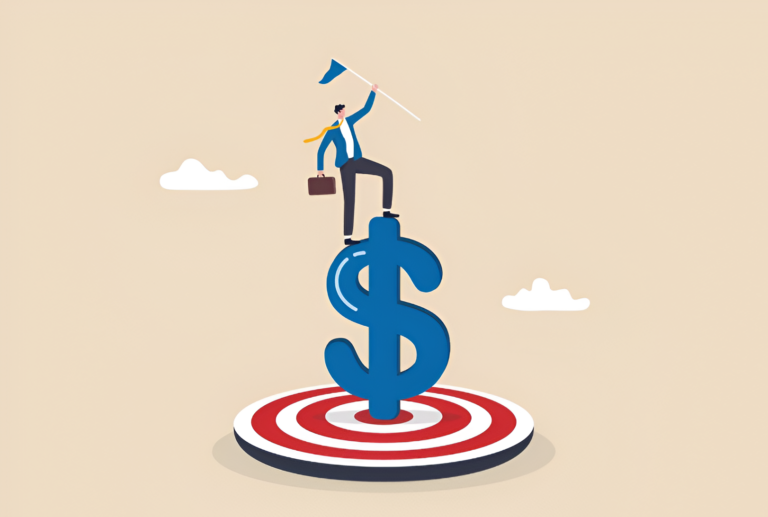
How to Define Goals
- Make Them Specific: Focus on measurable targets like saving $500, paying off a credit card balance, or reducing dining-out expenses by 20%.
- Keep Them Achievable: Set realistic goals based on your current budget and income to stay motivated.
Align with Long-Term Objectives
Monthly goals should complement your bigger financial plans, like building an emergency fund, paying down debt, or saving for a major purchase. For example, saving $500 this month could be part of your goal to save $6,000 by year-end.
3. Build or Replenish Your Emergency Fund
An emergency fund is a financial safety net, protecting you from unexpected expenses like medical bills, car repairs, or job loss. Without it, even small surprises can lead to financial stress or debt.
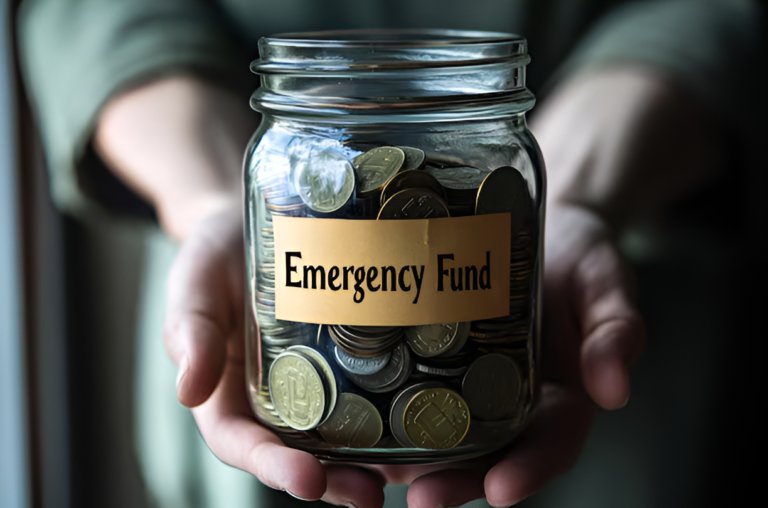
How Much Should You Save?
Aim to save 3–6 months’ worth of essential expenses. Start small if needed—saving even $1,000 can provide significant peace of mind in the short term.
Strategies to Grow Your Fund Quickly
- Automate Savings: Set up a recurring transfer to a separate savings account.
- Cut Non-Essentials: Redirect money from dining out, subscriptions, or shopping.
- Use Windfalls: Allocate bonuses, tax refunds, or cash gifts directly to your fund.
4. Pay Down High-Interest Debt
High-interest debt, such as credit cards or payday loans, can quickly spiral out of control, draining your finances with compounding interest. Tackling this debt should be a priority to relieve financial strain and free up money for other goals.
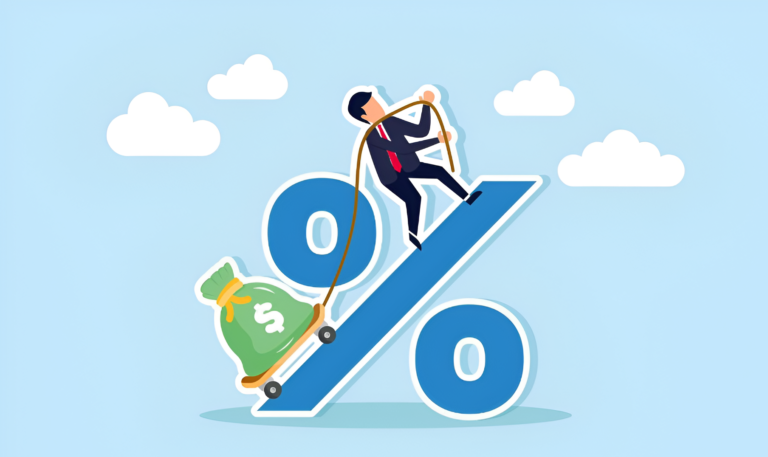
Prioritize Payments
- Debt Snowball Method: Pay off the smallest debts first to build momentum and confidence.
- Debt Avalanche Method: Focus on debts with the highest interest rates to save the most money over time.
Consider Refinancing or Consolidation
If high-interest payments are overwhelming, explore options like balance transfers, debt consolidation loans, or refinancing at a lower rate. These can simplify payments and reduce the overall cost of your debt.
5. Automate Savings and Payments
Automation is a simple yet powerful way to stay consistent with your financial goals. By reducing the need for constant decision-making, it helps you save more and avoid costly mistakes.

Automate Savings
Set up recurring transfers to your savings account on payday. This ensures you’re prioritizing your financial goals before spending on other expenses. Even small, regular contributions add up over time.
Set Up Automatic Bill Payments
Avoid late fees and maintain a good credit score by automating payments for utilities, credit cards, and loans. Most banks and service providers offer free auto-pay options for seamless transactions.
Benefits of Automation
- Consistency: Keeps you on track with your goals, even during busy or stressful times.
- Reduced Decision Fatigue: Eliminates the need to make repeated financial decisions, freeing up mental energy for other priorities.
- Financial Peace of Mind: Ensures you never miss a payment or skip a savings contribution.
6. Review and Adjust Subscriptions
Subscriptions can silently drain your finances, with recurring charges often going unnoticed until they add up. Regularly reviewing them ensures you’re only paying for services you actually use.

Identify Unused or Unnecessary Services
- Check Your Bank Statements: Look for recurring charges and assess whether you’re still using the service.
- Ask Yourself: Does this subscription align with your current needs and goals? If not, it may be time to cancel.
Tools to Track and Cancel Subscriptions
7. Invest in Yourself
Investing in personal development is one of the best ways to improve your long-term financial outlook. By enhancing your skills and knowledge, you increase your potential to earn and succeed.

Allocate Funds for Growth
- Courses and Certifications: Consider enrolling in online courses or earning certifications that can improve your career prospects.
- Books and Resources: Reading books or accessing educational materials can offer valuable insights for both personal and professional growth.
Balance Self-Improvement with Financial Prudence
While it’s important to invest in yourself, be mindful of your budget. Choose affordable resources or take advantage of free options, like online tutorials and library books, to balance personal growth with financial responsibility.
8. Plan for Upcoming Expenses
Life is full of unexpected costs, and planning ahead for irregular or seasonal expenses can help you avoid financial stress. By setting aside money in advance, you can tackle these expenses without derailing your budget.
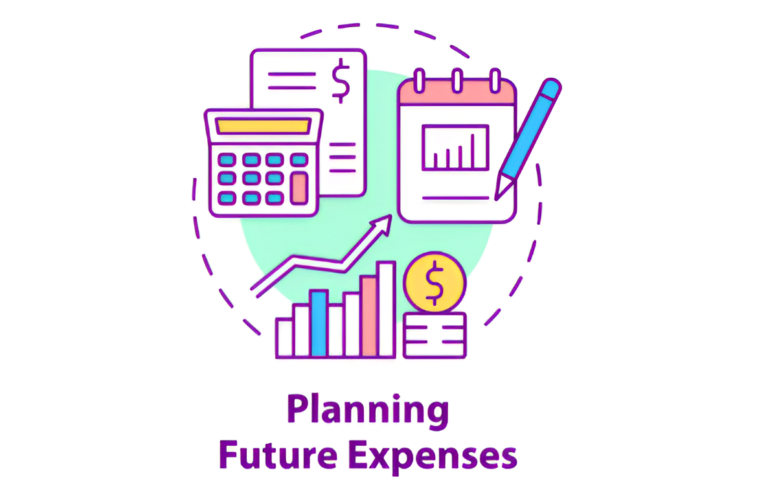
Identify Irregular or Seasonal Expenses
- Holidays and Birthdays: Set aside funds for gifts, travel, or celebrations.
- Car Maintenance: Prepare for routine car repairs or insurance renewals.
- Other Occasional Costs: Think about annual subscriptions, home repairs, or medical expenses.
Set Money Aside in Advance
Create a separate savings account or envelope for these expenses. This helps ensure you’re ready when the time comes, reducing the need to dip into emergency savings or use credit.
Planning for upcoming expenses keeps your finances predictable and lessens the chance of surprise bills.
9. Evaluate and Adjust Investments
Regularly reviewing your investment portfolio helps ensure you’re on track to meet your long-term financial goals. It’s important to assess your investments’ performance and make adjustments as needed.

Review Portfolio Performance
- Check Diversification: Ensure your investments are spread across different asset classes to reduce risk.
- Track Performance: Evaluate how your investments are performing and make sure they align with your financial objectives.
Adjust Contributions
- Retirement Accounts: Increase or decrease contributions to retirement funds like 401(k)s or IRAs based on changes in your income or goals.
- Other Investments: Consider adjusting your investments in stocks, bonds, or real estate based on market conditions.
Consult a Financial Advisor
If you’re unsure about your portfolio or need professional advice, a financial advisor can provide guidance tailored to your situation.
By regularly evaluating and adjusting your investments, you stay aligned with your financial goals and maximize your growth potential.
10. Donate or Give Back
Charitable giving not only makes a positive impact on others but can also bring personal fulfillment and strengthen your financial mindset. Even small acts of kindness can contribute to a better world.
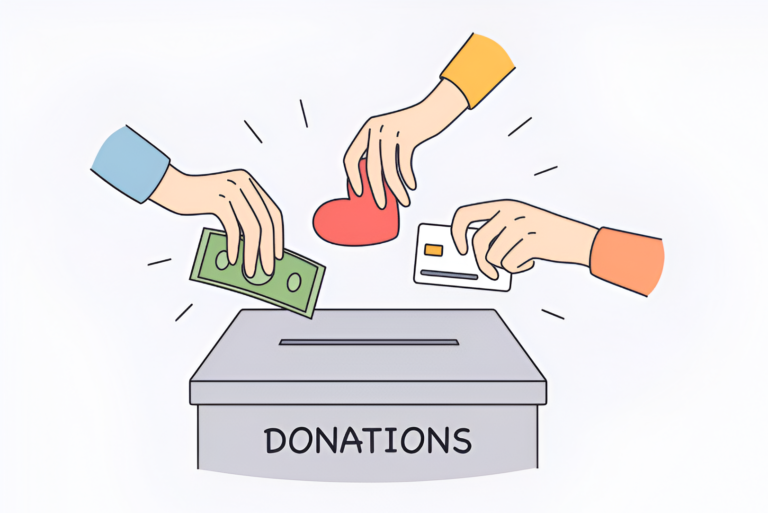
The Impact of Charitable Giving
Giving helps support causes you care about and can create a ripple effect in your community. Whether it’s helping those in need or contributing to a nonprofit, your support can drive meaningful change.
Tax Benefits of Donations
Donations to qualifying charities may be tax-deductible, which can lower your taxable income. Be sure to keep receipts and track your contributions for tax purposes.
Ways to Give Back Beyond Money
- Volunteer Your Time: Offer your skills and expertise to organizations in need.
- Donate Resources: Consider donating clothes, food, or supplies to local charities.
- Spread Awareness: Share information about causes or organize community events to raise support.
Conclusion
Taking control of your finances doesn’t require major overhauls—it’s about making small, intentional changes. This month, challenge yourself to take at least one step from this list, whether it’s reviewing your budget, building your emergency fund, or investing in yourself. Remember, small changes can lead to significant results over time.
FAQs
Q. What’s the difference between the debt snowball and avalanche methods?
- The debt snowball method focuses on paying off the smallest debt first, giving you quick wins and motivation. The debt avalanche method prioritizes the highest-interest debt, saving you more money in the long run. Both methods are effective; choose the one that works best for you.
Q. How do I start investing if I’m a beginner?
- Start by learning the basics of investing through books, courses, or online resources. Begin with low-cost index funds or ETFs and consider contributing to retirement accounts like a 401(k) or IRA.
Q. Can I donate without money?
- Absolutely! Charitable giving isn’t limited to money. You can donate your time, skills, or resources like clothes, food, or household items. Volunteering or helping raise awareness for a cause can also make a big difference.

Owner of Paisewaise
I’m a friendly finance expert who helps people manage money wisely. I explain budgeting, earning, and investing in a clear, easy-to-understand way.


I value your perspective on the matter. Your style is captivating and your thoughts you shared are very relevant. Keep it up!
Your writing style is so engaging and relatable; it’s like having a conversation with a friend.